Automatic speech recognition
Working with Hugging Face

Jacob H. Marquez
Lead Data Engineer
What is automatic speech recognition?
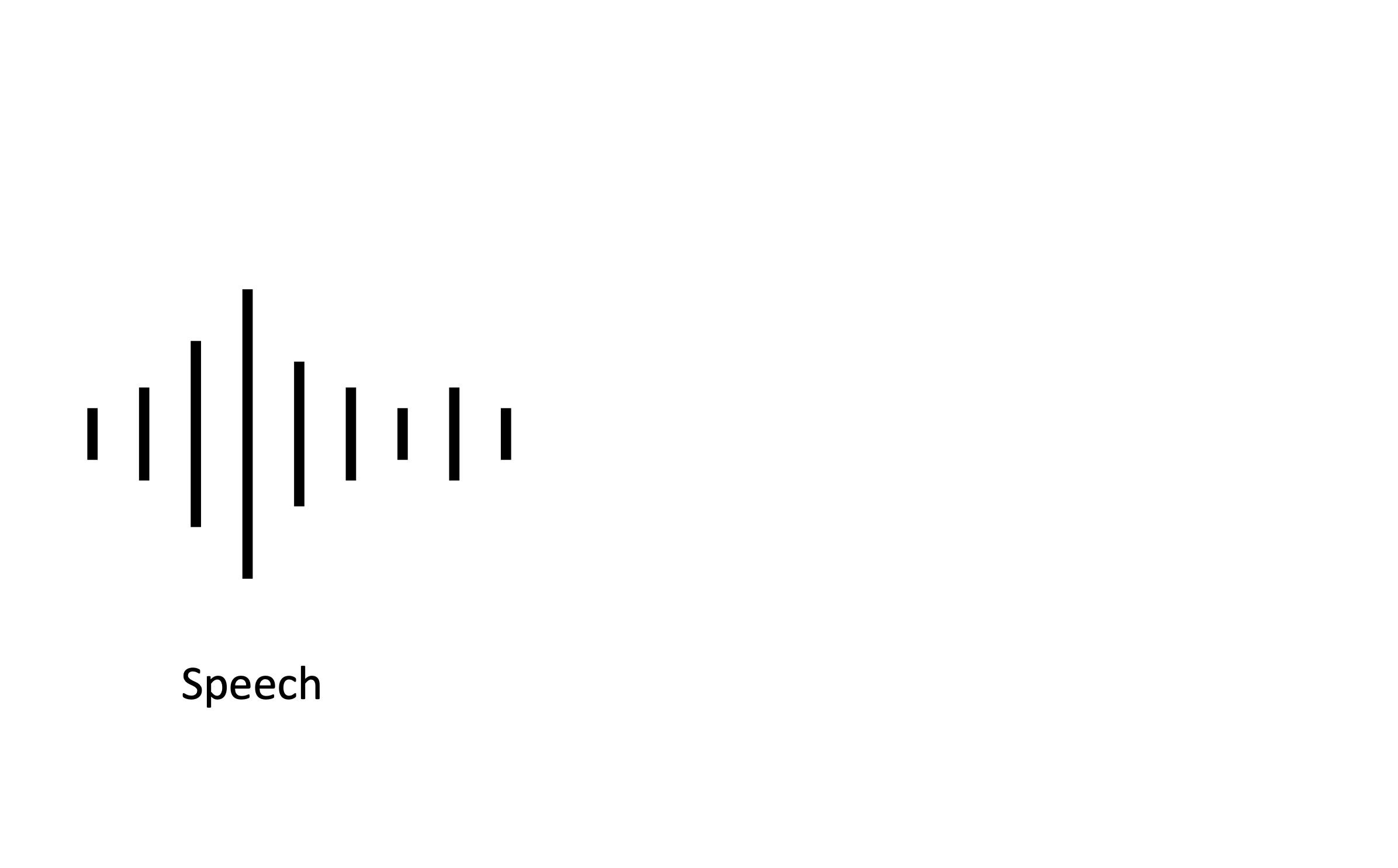
What is automatic speech recognition?
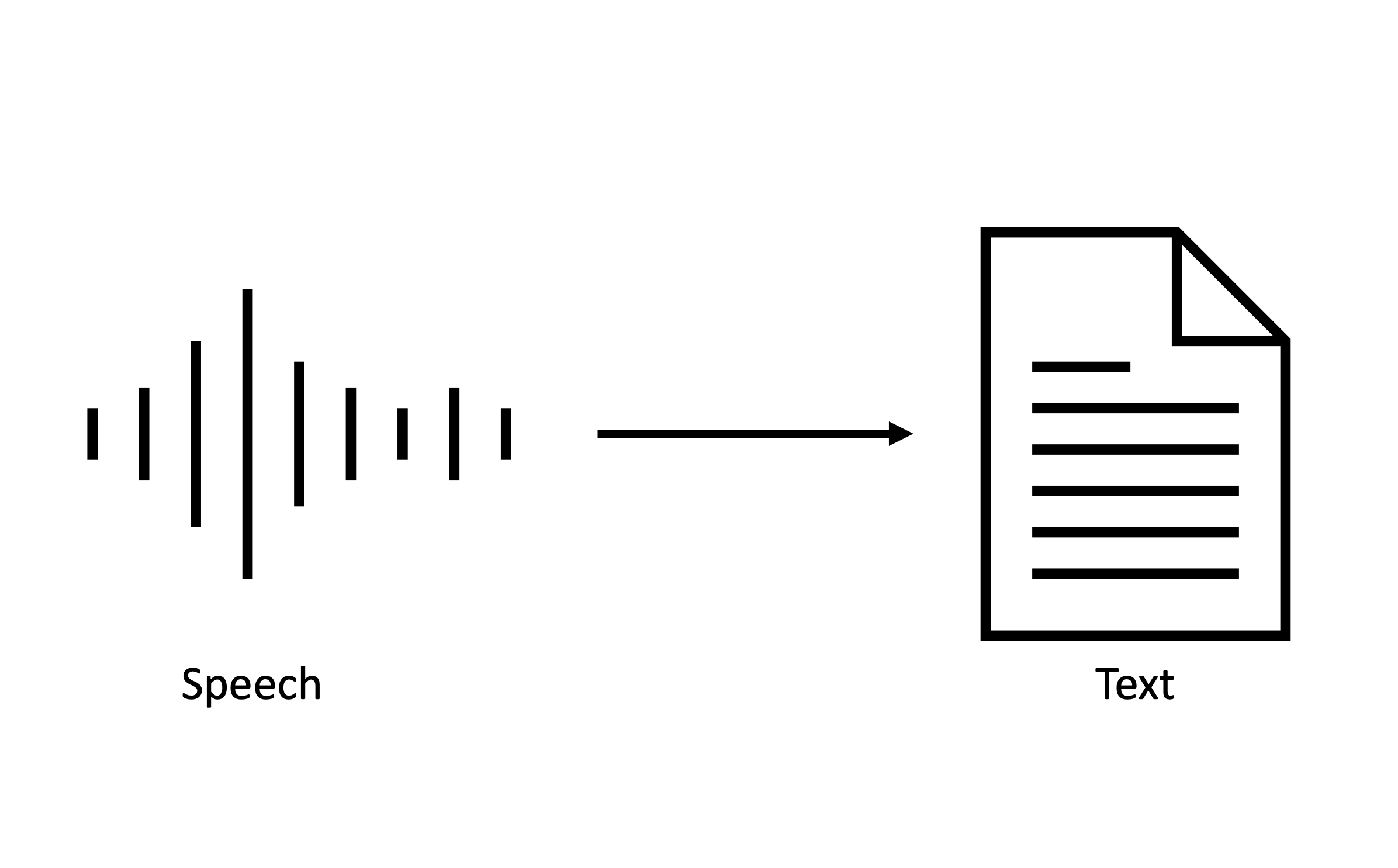
Use cases of ASR
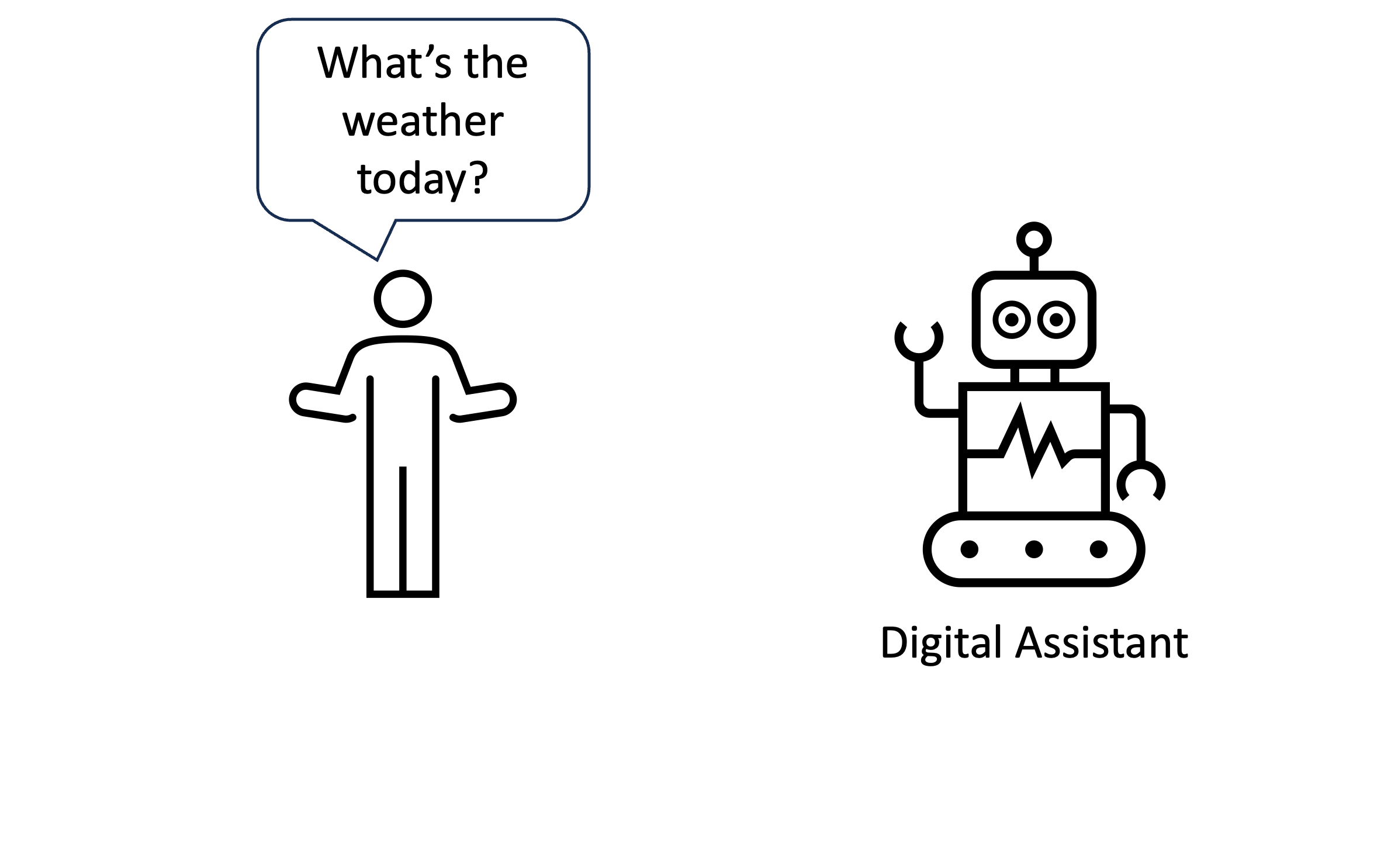
Use cases of ASR
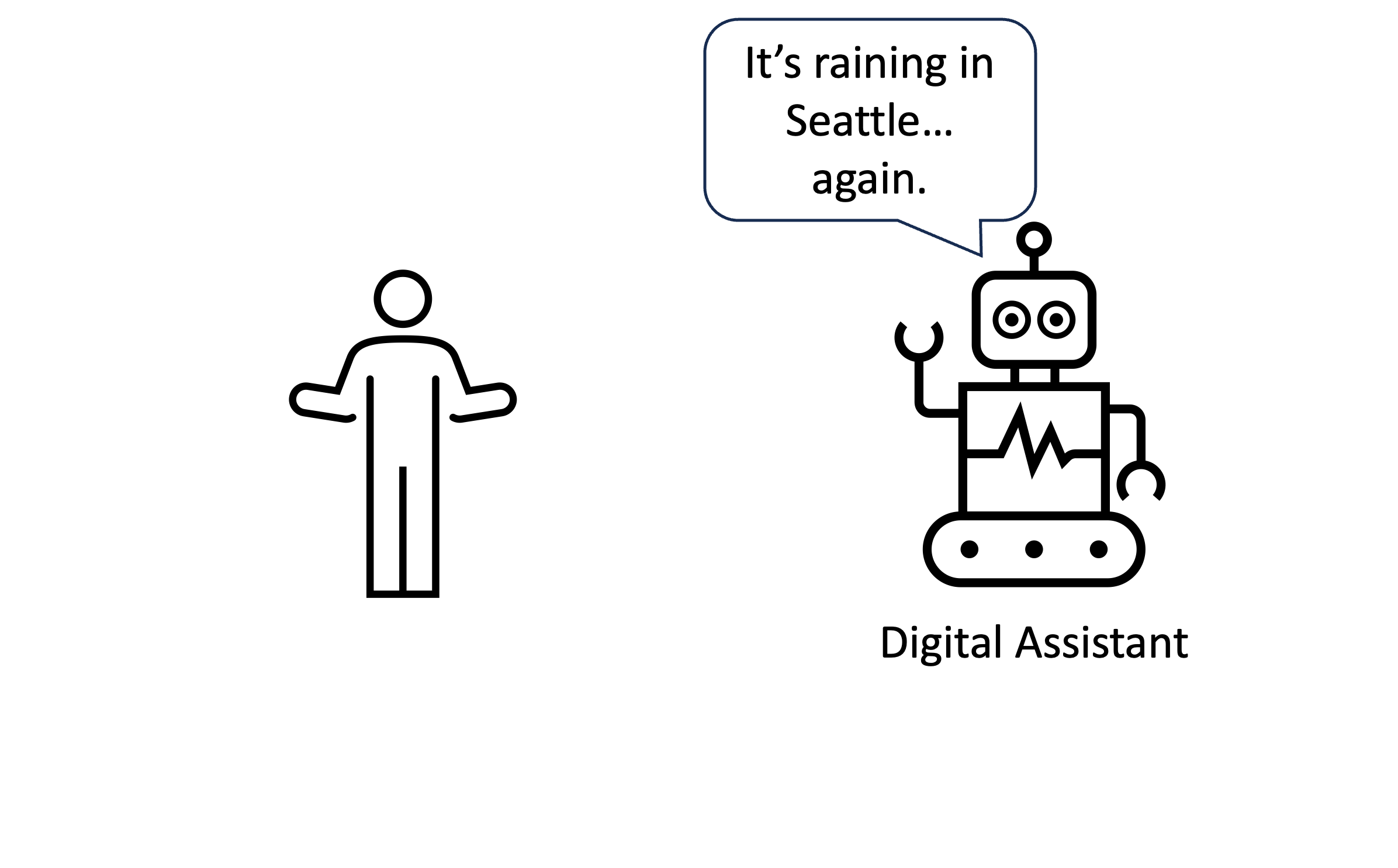
Use cases for ASR

$$
- Create transcripts
- Finding relevant documentation and solutions
Use cases for ASR
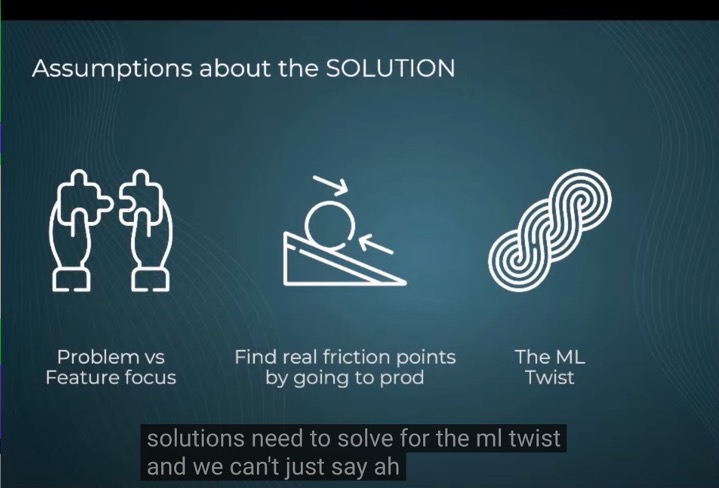
Models for ASR

Models for ASR
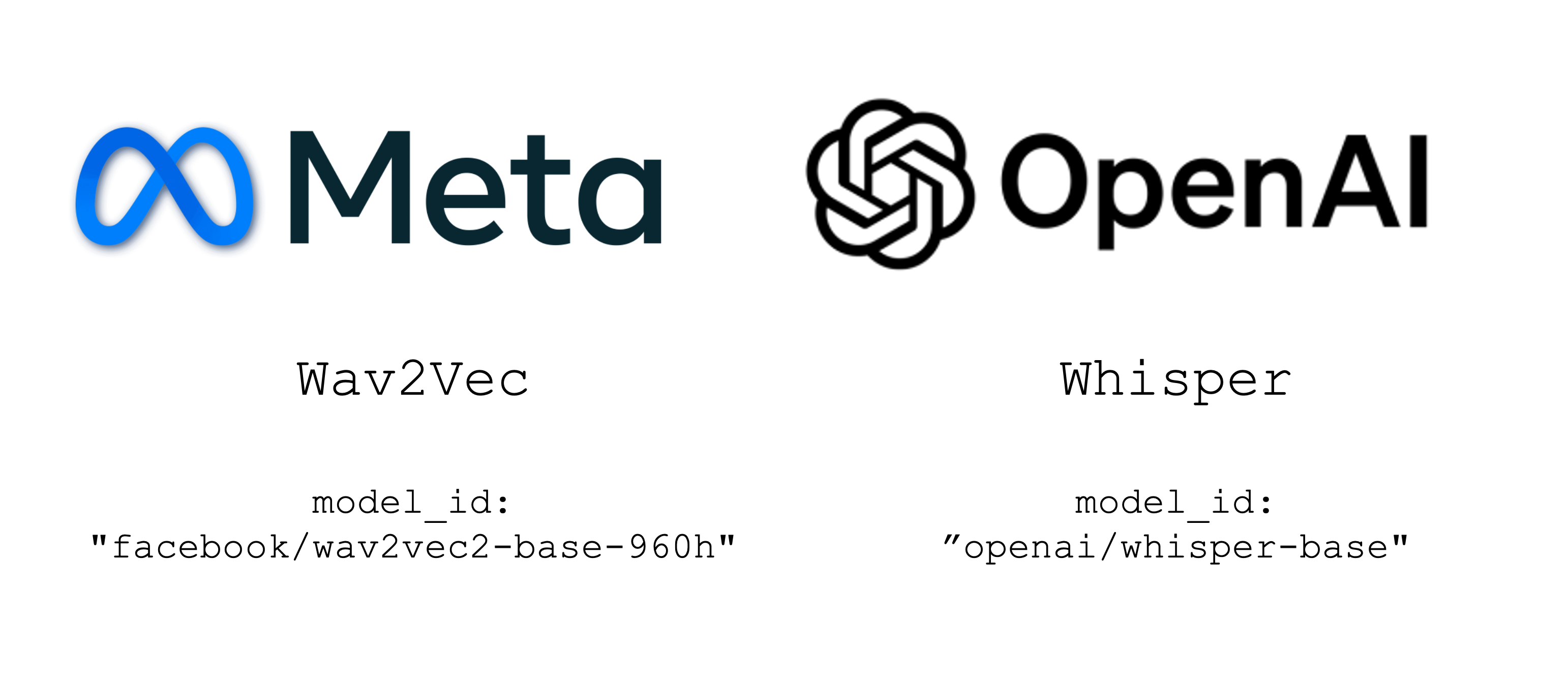
- Whisper performs better with punctuation and casing.
Instantiating a pipeline for ASR
transcriber = pipeline(task="automatic-speech-recognition", model="facebook/wav2vec2-base-960h")# Path to audio file transcriber("my_audio.wav")# Numpy array transcriber(numpy_audio_array)# Dictionary transcriber({"sampling_rate" = 16_000,"raw" = "my_audio.wav"})
Results from a pipeline
sampling_rate = 16_000 dataset = dataset.cast_column("audio", Audio(sampling_rate=sampling_rate))input = data[0]['audio']['array']prediction = transcriber(input)
print(prediction)
"what game do you want to play"
Predicting over a dataset
def data(): for i in range(dataset): yield dataset[i]['audio']['array'], dataset[i]['sentence'].lower()output = [] for audio, sentence in data(): prediction = transcriber(audio) output.append((prediction, sentence))
[("what a nice black shirt", "what a nice blue shirt"), ...]
Evaluating ASR systems
- Word Error Rate (WER)
- Based on Levenshtein Distance
- Metric for the difference between two sequences

- Range from 0 to 1
- Smaller value indicates closer similarity
1 https://en.wikipedia.org/wiki/Levenshtein_distance
Word Error Rate
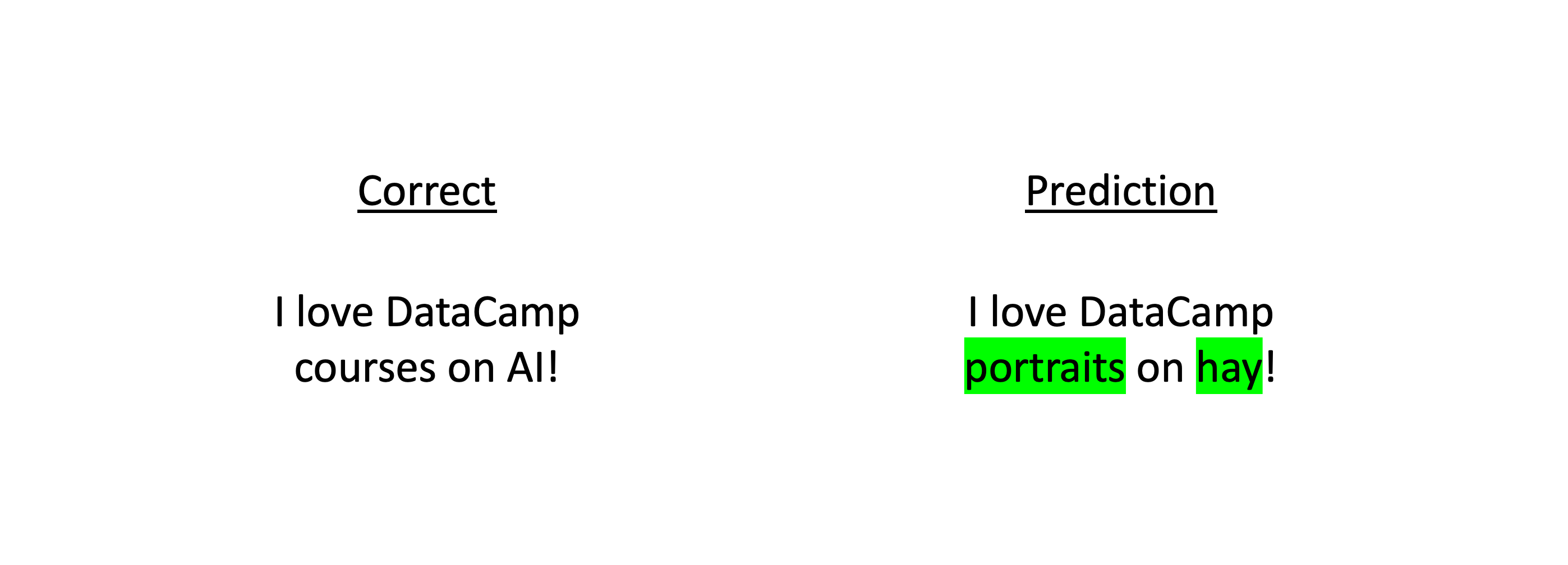
- 2 substitutions required to match to correct
2 / 6 = 0.33
Computing WER using Hugging Face
from evaluate import load# Instantiate word error rate metric wer = load("wer")# Save true sentence as reference reference = data[0]['sentence'] predictions = "I love DataCamp portraits on hay"
1 https://huggingface.co/spaces/evaluate-metric/wer
Computing WER using Hugging Face
# Compute the WER between predictions and reference wer_score = wer.compute( predictions=[prediction], references=[reference] )print(wer_score)
0.33
Let's practice!
Working with Hugging Face

